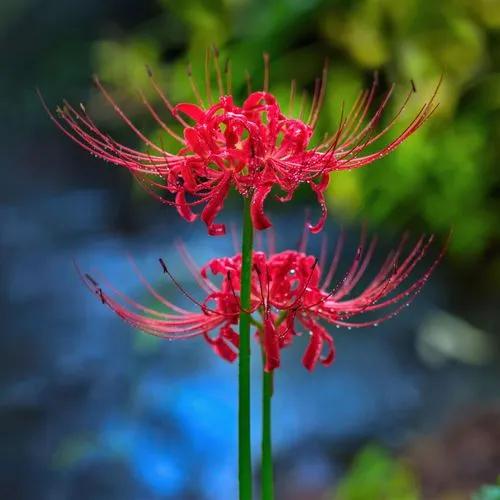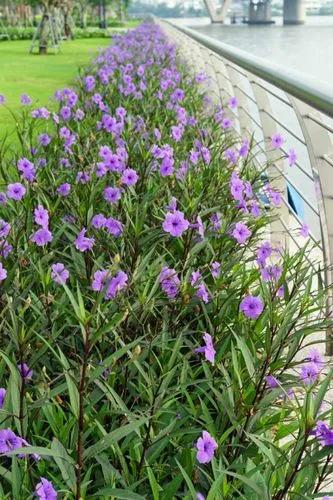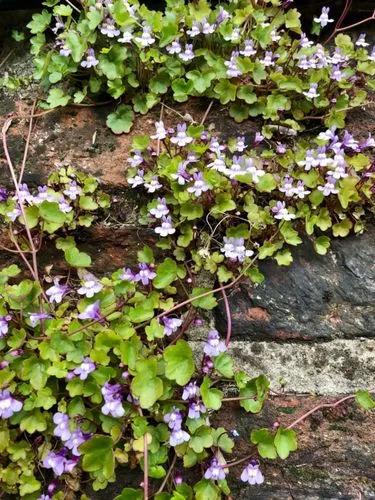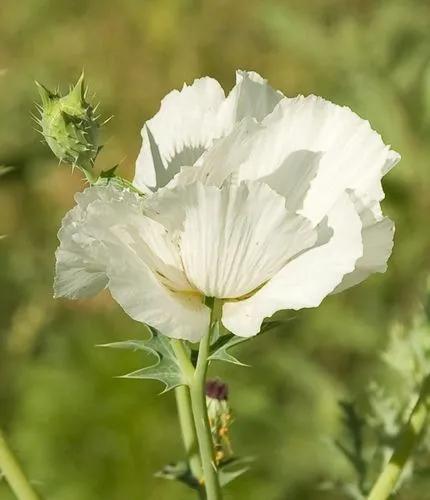Asparagus falcatus (Sicklethorn, Large Forest Asparagus, Imblekazana or Doringtou) is a large, thorny, climbing plant of the Asparagus genus, that is indigenous to South Africa and Mozambique. It is often grown as a security hedge in southern Africa.
Sicklethorn Care
Asparagus falcatus



In South Africa, this creeper is indigenous to the forests of the Eastern Cape and Kwazulu Natal. It also occurs in neighbouring Mozambique. This local Asparagus species sends up long shoots (sometimes up to 7 meters high) from its base of roots and massive tubers. These shoots are initially soft and curl around branches or fences. However, they soon harden, and the downward-pointing thorns help to hook the tendril onto its support - as well as providing defence. The leaves are dark-green, thin and curved. It produces fragrant white blossoms that are followed by bright red berries, each containing a shiny black seed. The fruits attract a wide variety of birds. This rapidly growing climber can be grown in very shady parts of a garden, although it also tolerates some sun. It also prefers moist spots, though once established it can also tolerate some drought.
How to Care for the Plant

Water

Water regularly to keep the soil moist. Sicklethorn can however survive short periods of drought. Less water is required during the winter. Does not particularly need increased humidity, but will appreciate the occasional misting.

Fertilizer

Feed monthly in summer with a balanced liquid fertiliser such as liquid Growmore or seaweed extract. Do not feed in winter.

Sunlight

Bright, indirect sunlight. Direct sunlight may scorch the needles, whereas insufficient light may turn them yellow and cause them to drop.

Soil

The plant grows best in moist, well-drained humus-peat soil.

Temperature

The plant needs a minimum of 10°C in winter. In general, normal room temperatures (65°F/18.3°C - 75°F/23.8°C) are suitable.

Container

Choose any type of pot with enough drainage holes.

Popularity

842 people already have this plant 76 people have added this plant to their wishlists
Discover more plants with the list below
Popular articles






